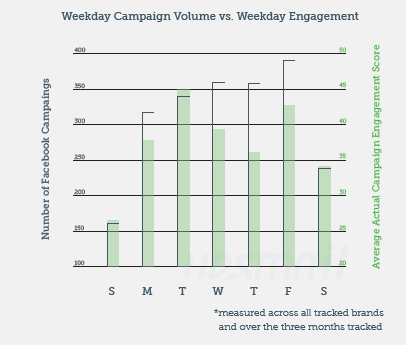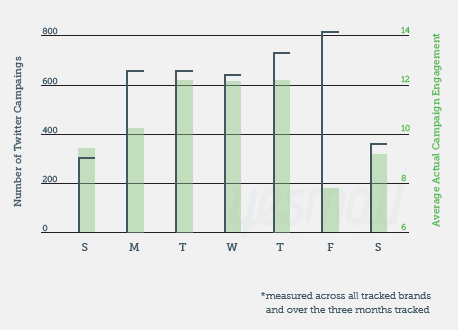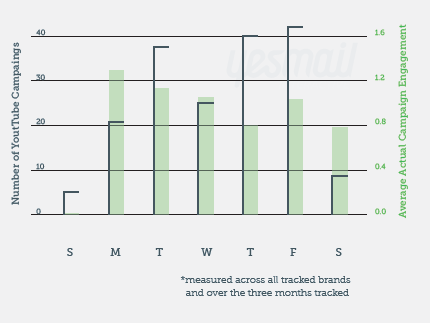
My MINI Paceman – So much fun with it!
Listen BMW and MINI! This is not a story made up. This is real. This is me.
When the MINI Paceman was first promoted at the Detroit Motor Show in 2011 as a concept car, I said and wrote to my fans, followers and friends: “This is gonna be my new car!” To some of them, it came as no surprise. Some knew of my passion for the MINI brand. Some recalled my words from brand strategy workshops, from keynote speeches or marketing seminars. Some remembered pictures of me in front of my former white MINI Cooper, and they were surprised I am selling it. Some responded and asked questions about features of the new Paceman; even I could not answer those days. Today I can.
But… Many of them did not even know of the new concept, the new brand, the new design, the new small SUV category that MINI kind of invented, and so on. I did. I saw the potential. I just got infected by the brand. I wanted a new MINI Paceman. I loved the outlook: Getting the keys handed out for a MINI Paceman.
I have thought a long time about writing this post, or just forgetting about it. But I am a challenger…
Today, the IAA 2013 is opening their doors in Frankfurt. Car brands are proudly presenting their latest auto concepts. Managers posing in front of their new innovations in modern steel or carbon. They are shaking hands with those that make them look good. But who does really make them stand out? The technical suppliers? The revenue driving resellers? The social influencers? Or those who hold up a sign in the streets without being incentivized or getting cash saying: “I love this brand!” Those who stand out, and those who make stand out: the brand advocates?
Maybe today is the right time to write a blog post and tell a story that to many of my fans, followers and friends sounds unbelievable – but MINI, I tell you, it is the absolute truth. I write it in the night when other people are sleeping. My clients tomorrow won’t care whether I had enough sleep, or not. I write this, when there is more important things on the desktop than leveraging a brand that does not listen, nor understand. Am I mad? Am I not clever? No, I am honest. I am what I am. I am a real MINI Paceman advocate.
Beginning of February 2013, I sat down with my MINI car sales representative and told him that I want to buy a Paceman. I wanted to be one of the first in Munich. I wanted to sign the contract. Now. And I asked whether he could open doors to the marketing, PR or social media department at MINI when an idea hit my brain just in the minutes when I sat there: Two of my clients have called me their “pacemaker”. The word transition from pacemaker to paceman was not too far off for me. So, some brilliant thought (at least in my mind) awoke in my head: Why not call yourself “Mr. Paceman”?
A concept created in a brain flash: Website domain. Web space. Web blog. Unique content published in a Paceman. The life of a Pacemaker in a Paceman. Lifestyle. Design. Speed. My life.
While the reseller configured my MINI Paceman, I bought the website domain, set up the blog with a little help of a friend and scribbled the whole concept on my smartphone. I told my MINI sales rep about the idea when I had signed the contract. He was enthusiastic about the concept and saw a lot of other potential cooperation opportunities.
I was ready to start publishing. Publishing about the pleasant participation for my MINI Paceman. The color. The design. The coffee holders. The changing interior lights. The engine. And so on. Publishing about the pace of my days, my experiences with the new Paceman, my life in a MINI Paceman nutshell. I wanted to share pictures of MINIs. I wanted to post design ideas of other MINI freaks, and find the first MINI Paceman pics, I might come across. And a lot more…
Now, obviously I knew about brand protection and brand rights. I knew that -before I started buying the domain- I should get in touch with some MINI brand contacts and get some formal permission to use the brand name. I thought: “Just do it!”
So, I wrote emails to MINI, their PR department, their marketing department, their social media people, and their agencies. I even contacted strategic partners from MINI. I wish I hadn’t done it. I felt like a little unloved kid being pushed from one corner to another in order not to cause any trouble for anyone, in order to shut up. MINI did not move. I continued. The answers I got where just some lines making clear that I am not allowed to use the brand for my purposes.
Hang on! My purposes? Is that the power of a big modern brand, is that arrogance, hubris or simply ignorance?
If I promote a brand I like, invest time, offer to wear their branded merchandising clothes and have even bought the brand product before (and maybe a far too expensive brand product), why should I not be allowed to do marketing and PR for that brand to my fellow peers? A target-group that MINI is chasing with banners, print ads, wallpapers, outdoor marketing, newsletter mailings and a lot more.
Doesn’t this mean, I am actually doing what MINI pays others for; marketing agencies, PR people and media houses with the old “quid-pro quo” game: editorial coverage for advertising dollars? Those institutions that create corporate publishing products for brands which cost these brands a fortune?
Shall I then be happy and not get crazy, when I get the feedback: “We might consider that you are writing a guest post on our official MINI blog.” Hurray! What an outcome of my activities! Sorry MINI, you missed the point! I am not just a buyer. I am not a normal influencer. I am more. I am a MINI Paceman brand advocate, if you know what this means MINI. If not, you might just read the study by Ogilvy)?!

A brand concept. Still waiting for MINI to understand the value of brand advocates.
More than seven months later,
the blog is still online – online without any content at
MrPaceman.com. The case has been mentioned by me in at least 20 seminars and on several stage appearances at events. Events where even the BMW marketing departments or some of their agencies participated. I saw people shaking heads, heard their words asking how ignorant and un-clever brands can be, and read their tweets and updates trying to get reactions to this case from MINI. MINI did nothing. For seven months now, the MINI brand managers did nothing.
Yesterday, some silver surfers passed by my MINI Paceman. One of them, a man in his seventies approached me when I got out of my Paceman: “Great car. Cool design and colors. Is this new? Have never seen this car before…” His wife replied: “This is one of these new SUV cars but just in a MINI format. Nice high access. Like it!”
Would this make up for a really cool advertisement? Now, just imagine, I had written about such stories, shared a picture with these older people and spread the word around the world about my life in the MINI Paceman. Don’t you think these stories, these emotions, these experiences might have made a difference in the way the MINI Paceman gets positioned, promoted and had pulled sales leads?
“Advocacy goes deeper. Advocacy is emotion-driven. Advocacy is loyalty. Loyalty is commitment. Loyalty is passion. Loyalty let’s forget the rules of logic, of facts, of the rational. Advocates drive on the streets of loyalty and breath it’s air.” Martin Meyer-Gossner on brand advocacy, September 2013
Did I make the benefit of brand advocates clear to you, MINI? Ok, then get into the next MINI Paceman and drive to me. Let’s speak!
PS: All of you out there who think MINI should make a move towards brand advocacy, share this post and maybe that will make them clear what opportunity they might have missed. And let’s hope some other brands learn from this case…!






 So, a questions arises that also came up today in my moderation: What is the real issue, why marketers don’t challenge the content marketing business?
So, a questions arises that also came up today in my moderation: What is the real issue, why marketers don’t challenge the content marketing business? Spot On!
Spot On!

 Spot On!
Spot On!




 We have already shared some information on a
We have already shared some information on a 
